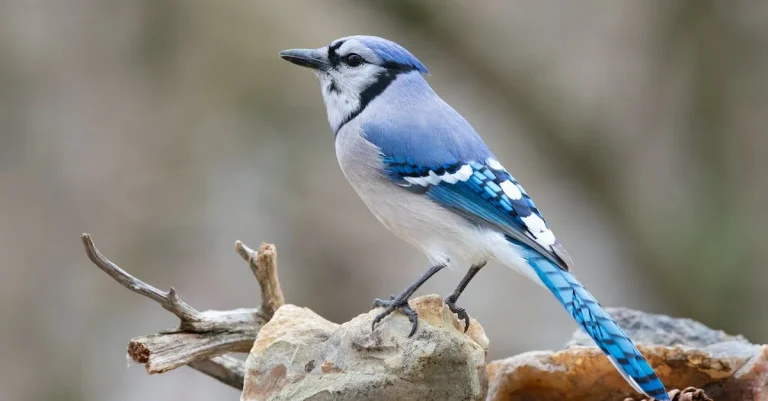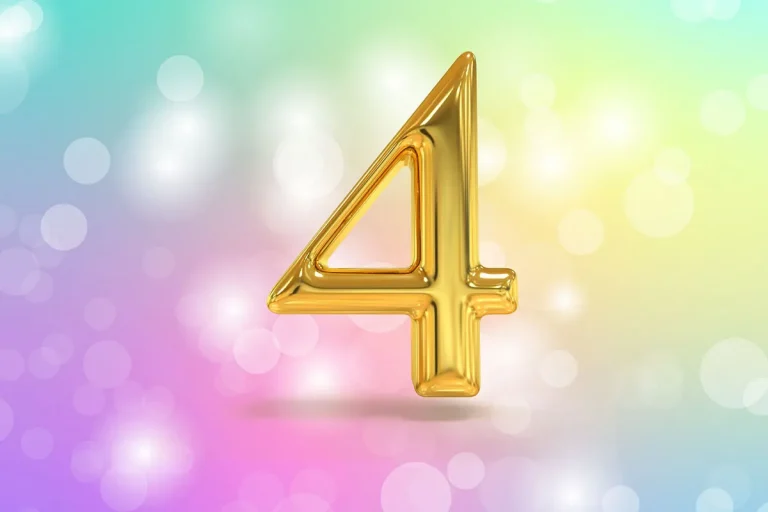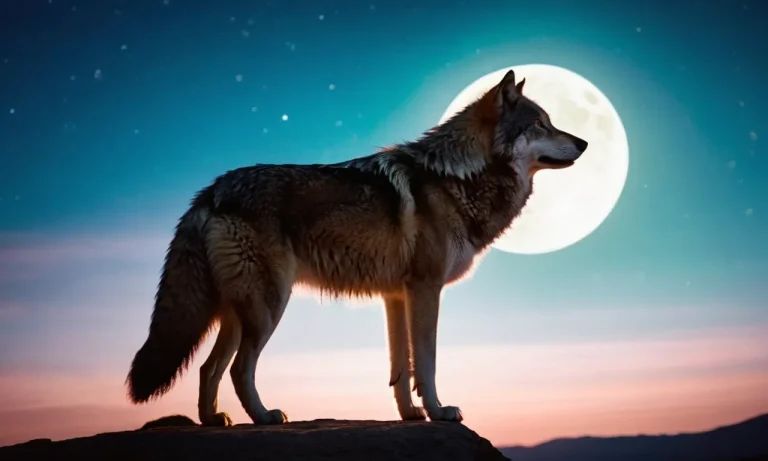Bull skulls hold deep spiritual symbolism across cultures and faiths. If you’ve come across a bull skull or are curious about their meaning, you’ve likely pondered what greater significance they could hold.
In short, bull skulls represent raw, untamed power, fertility, strength, and renewal. They are linked to deities in some traditions and seen as a reminder of the cycle of life in others.
Read on as we explore the bull skull’s spiritual ties to ancient gods, its place in modern witchcraft and mysticism, the symbolism behind this powerful relic, and how you can harness its energy.
Ties to Ancient Deities and Gods
Connection to the Horned God
Bull skulls and horns are closely linked to the Horned God, a prominent deity in contemporary Paganism. The Horned God represents the masculine part of nature and is associated with the wilderness, sexuality, hunting, and animals (Learn Religions).
Bull skulls are powerful symbols of the archetypal Horned God due to their large horns being akin to a crown.
In Celtic mythology, the god Cernunnos wears bull horns as a symbol of virility and fertility. Thus, bull skulls symbolize masculine energy, the cycle of life and death, and oneness with nature for modern followers of Paganism.
Appearances in Greek Mythology
The Minotaur in Greek legends had the head of a bull on a man’s body. It dwelled at the center of the Labyrinth, which was designed by Daedalus on the island of Crete. The Minotaur was eventually killed by Theseus.
The Greek god Zeus also transformed into a bull on several occasions in myths. When Zeus carried Europa to Crete after she climbed onto his back, he took the form of a majestic white bull. Apis, a bull deity in ancient Egypt, is theorized to be related to the later worship of Zeus as a sacred bull.
Reverence in Eastern Religions
In Hinduism, the bull Nandi is extraordinarily sacred as the mount of the god Shiva. Nandi is the gatekeeper of Shiva and his consort Parvati. Temple gateways often feature statues of Nandi facing the entrance to the inner sanctum as a sign of protection.
The ox or bull is the second animal in the 12-year cycle of animals constituting the Chinese zodiac. People born in the Year of the Ox are said to be hardworking, honest, and reliable – much like the bovine animal’s own nature (China Highlights).
Thus, bull symbolism permeates Eastern cultures tremendously as a representation of divine favor, power, loyalty, and steadiness.
Use in Modern Magical Practices
Bull Skulls in Mysticism and Occultism
Bull skulls hold deep symbolic power in many mystical and occult traditions. Their connection to concepts like strength, virility, and determination makes them a popular focus in spells and rituals meant to harness those qualities.
Many modern occultists look to the bull’s long history in ancient myth and legend as the source of its potency. The bull features prominently in tales of the Minotaur and the epic of Gilgamesh, where its physical might represents humanity’s struggle against the forces of nature.
By using a bull skull on one’s altar or in ceremonial magic, occultists believe they tap into this ancient well of power.
Purpose in Wiccan and Pagan Rituals
Bull skulls also play an important role in many branches of modern Paganism and Wicca. Witches and Pagans revere the bull as an embodiment of the Horned God—a key deity representing the masculine half of divinity in their belief system.
- In rituals focused on courage, strength, or virility, Wiccans may call upon the spirit of the bull or use its skull as a symbolic stand-in.
- Bull skulls are sometimes placed upon altars during Ostara rituals celebrating the vernal equinox and return of spring. This represents the bull’s role as a symbol of growth, fertility, and renewal in Pagan iconography.
So for many modern magical practitioners, the bull skull provides a tangible spiritual link to the archetypal qualities their rituals are meant to honor and harness.
Integration into Altar Spaces
Due to their highly symbolic nature, bull skulls are popular items to incorporate into sacred altar spaces used for magical and spiritual work.
| Location | Purpose |
|---|---|
| Placed behind candles or incense burners | Represents the masculine energy presiding over the working space |
| Mounted on the central altar | Focuses rituals and spells on embodying bull-like potency or drawing upon the Horned God/bull archetype |
| Facing east | Connects the altar space to energies of new beginnings and masculine spiritual power |
No matter their exact placement, a bull skull upon one’s altar taps into the long magical legacy of this commanding symbol. It lends rituals a special gravity and makes spellwork feel more tied to the mysteries of antiquity.
Symbolism and Deeper Meaning
Raw and Untamed Power
The bull skull evokes a sense of raw, primal power. Its large horns and massive size represent the incredible strength and force of nature that cannot be tamed. In many cultures, the bull symbolizes virility, passion, fertility and untamed masculine energy.
We may admire the fierce power and warrior spirit of the bull. The expanded forehead of the skull speaks to great intellect and wisdom, while the gaping eye sockets seem to glare with indomitable intensity.
Strength and Protection
The bull offers visions of might, fortitude and protection. Historically, bull horns have been mounted on walls as trophies and talismans to symbolize conquering one’s enemies.
In feng shui principles, displaying a bull skull attracts strong yang energy. It brings vigor, bravery and fearlessness to those displaying it, while warding off adversity. Truly, the bull leads with its horns first into the fray without hesitation.
Fertility and Creation
As an archetype of masculine power, the bull skull also represents the life-giving force of fertility, creative genesis and generation. The skull implicitly suggests the phallic horn and generative organs that drive procreation.
In ancient mythology like the epic Greek story of the Minotaur, bulls were central symbols of the life cycle itself. The bull sacrifices its singular life to nourish entire communities, thereby enabling renewal through the creative act of sacrifice.
The Cycle of Life and Death
Ultimately, the bleached bull skull encapsulates the very essence of existence – it is a memento mori that materially captures both the fiery light of life and the cold shadow of mortality.
Like vanitas art and the Latin phrase “momento mori” (remember you must die), the bull skull reminds us that all life leads to death. This existential mirror teaches us to live passionately in the moment while we can. Carpe diem – seize the day of life under the horns of the bull!
Harnessing the Energy of Bull Skulls
Connecting with the Natural World
Displaying a bull skull allows us to connect with the natural order of life and death. As we contemplate the skull’s empty eye sockets, we are reminded of our place in the great cycle that governs all living beings.
The skull represents the impermanence of physical existence and the transience of material attachments. By having this memento mori before us, we open our perspective to vaster realities.
Focusing Intention and Willpower
The bull exemplifies resolute strength and determination. Its massive horns and muscular build epitomize masculine energy and the assertive yang lifeforce. By displaying the bull skull in our sacred spaces, we harness this indomitable vitality in support of our goals and vision.
Whenever we need to reinforce our own willpower or firm intentions, gazing into the steady hollows of the bull skull fills us with earthy, unstoppable drive.
Rituals and Ceremonies
Bull skulls have an ancient history of ceremonial usage for ritual magic and personal transformation. Many cultures applied bull symbolism to represent fertility, prosperity, protection, community, and reverence for the natural world. For example:
- Ancient Minoans of Crete used bull horns and skulls during rites of passage, seasonal ceremonies, and mythic storytelling.
- Some Native American tribes, such as the Sioux, wore bull skulls and horns as part of ceremonial sun dance costumes signifying spiritual rebirth.
Incorporating a bull skull into personal or group ceremonies allows us to connect with this primordial spiritual heritage. It energizes our rituals and magnifies their transformative power.
Everyday Contemplation
Even in ordinary moments of stillness throughout our day, placing our awareness on the presence of a mounted bull skull shifts our consciousness. We move from the chatter of mundane thoughts into a more expansive inner quietude.
The visual impact focuses our attention with stark yet soulful simplicity. The void of the skull opens a space for meditation, reflection, and creative inspiration. Bull skull symbolism is always there to provide centering, grounding, and connection to unseen realms of spirit.
| Website | Description |
|---|---|
| My Modern Met | An art and culture focused site with information on ceremonial uses of bull skulls. |
| Skulls Unlimited | A website selling real animal skulls with details on bull skulls. |
Conclusion
Whether seen as a tie to ancient gods, a tool for mystical practices, or a symbol of the life cycle, the bull skull holds deep spiritual meaning for many. Its raw power is undeniable.
If you feel called to connect with a bull skull, there are many rich ways to integrate it into ritual, magical, or everyday spiritual work. Approach with reverence for the life it represents, harness its commanding energy mindfully, and discover what a profound impact working with this relic can have.






